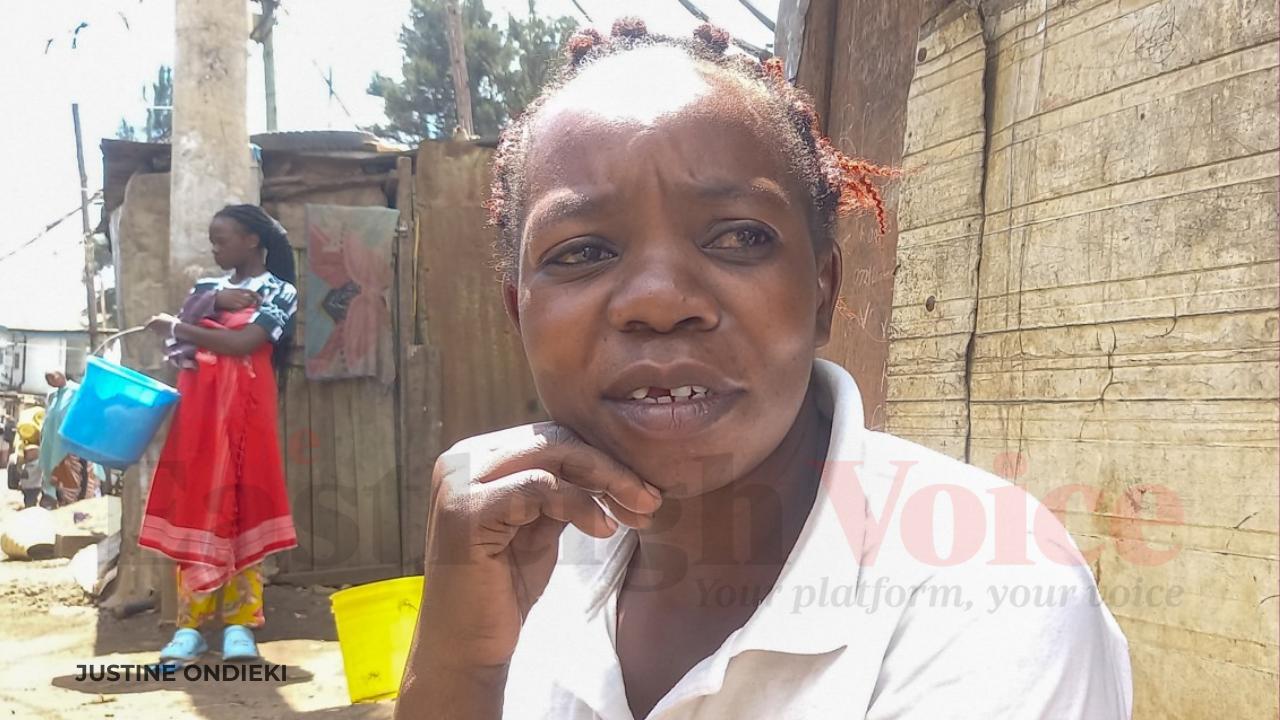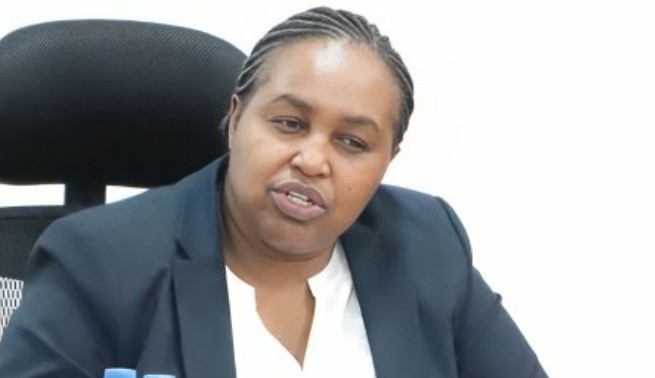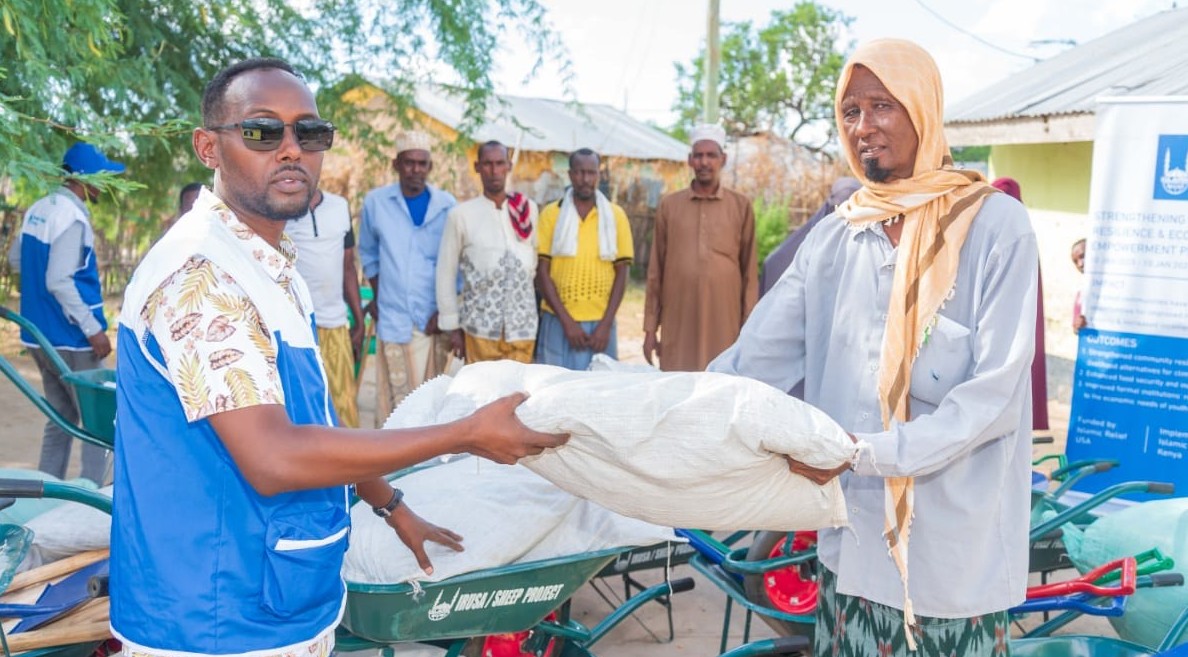Silent struggles: A mother’s battle to raise emotionally scarred children amid poverty and neglect

At only 35, Jane Miyawa bears the immense burden of raising four children on her own in Nairobi’s densely packed Majengo slum. As both the sole provider and emotional pillar of her family, she navigates a daily struggle not just against poverty, but against the quiet, creeping toll of emotional and mental strain. Exhausted and often overwhelmed, Miyawa fights to keep her family afloat in a world that offers little support.
While life outside her one-room home is loud, crowded, and unforgiving, inside, a quieter struggle unfolds. It’s the kind of silence that speaks volumes — the silence of children overwhelmed by fear, confusion, and pain they can’t yet put into words.
More To Read
- Behind the white coats: Kenyan healthcare workers battle burnout, grief and neglect
- Shakahola survivors still terrified by Pastor Paul Mackenzie’s name, psychologist tells court
- From addiction to advocacy: How one man’s battle with drugs sparked mental health movement
- ‘We do everything, but get nothing’: Kenyan nurses tell of pay gaps, exploitation and burnout
- Trapped by borders: Migrant mothers face health inequities amid Kenya's healthcare reforms
- Lack of reliable data hampers global response to youth mental health crisis
It started subtly.
Her youngest son, just nine years old, stopped playing outside with friends. He became distant, withdrawn.
At first, Miyawa thought he was just tired or going through a phase. But as days turned into weeks, she grew anxious.
When she finally coaxed the truth from him, her heart sank. He was being threatened by an older boy in the neighbourhood, accused of things he didn’t even understand. The fear in his eyes mirrored the fear Miyawa had long buried within herself — the fear that no matter how hard she tried, she couldn’t protect her children from the world around them.
But this wasn’t new. Miyawa had seen the same darkness hover over her older children — her 17 and 20-year-olds — who now walk a delicate tightrope between school and the lure of the streets.
Peer pressure
The teenage years in Majengo are particularly perilous. Peer pressure, gang influence, and poverty form a trap that many young people don’t escape. And she is painfully aware that the signs of emotional distress — isolation, mood swings, restlessness — are too easy to miss in the everyday chaos of survival.
“Sometimes, I see that they are not okay, but I’m also not okay. I’m tired, stressed, and overwhelmed. There are days I wake up and I don’t know how I’ll get through.”
Her husband, once a partner in the struggle, has long disappeared into the clutches of alcoholism. His absence leaves not only an emotional void but a practical one — no support in parenting, no help with finances.
Miyawa does what she can, taking up menial jobs. The work is gruelling, the pay is meagre, and yet she has no choice. Every shilling earned is stretched to cover food, school supplies, rent, and now, growing emotional needs she doesn’t always understand how to meet.
“I want my children to go to school, to do better than I. But how can they focus when they are scared, or sad, or angry all the time?”
Sometimes, her teenage son lashes out, or her daughter refuses to talk. In these moments, Miyawa tries — she sits with them, cracks a joke, and asks gentle questions.
“I try to make them laugh first, before I ask what’s wrong,” she explains. “Sometimes they open up. Sometimes they just say, ‘I’m fine’; I know they’re not. But what can I do? I’m just one person.”
Other Topics To Read
Get lost in the system
She worries constantly that her children will get lost in the system, swallowed by the streets, pulled away by bad company. Her biggest fear is that they’ll “miss it”
Mental health issues and depression are becoming increasingly common among children and teenagers, yet many parents remain unsure of how to respond. For those living on low incomes, the situation is even more difficult, as they often lack access to information, support, or affordable mental health services.
Justus Ngode, a junior secondary school teacher, has witnessed firsthand the emotional toll that dysfunctional home environments take on students. He explains that many of the behavioural and academic challenges teachers observe stem from pain rooted in the home — a reality that troubles many children deeply.
“The easiest way to tell that a child is distressed is when they suddenly lose interest in their studies. You’ll notice them disengaging — staring off into space, daydreaming, or acting out in unusual ways.”
Chaotic home life
When asked what’s wrong, many of the students describe a chaotic home life — constant conflict, neglect, or emotional absence.
Ngode explains that some children are being raised by elderly grandparents because their parents are either absent or uninvolved in their lives. In some cases, parents are completely disengaged — they don’t attend school meetings, participate in events, or even show up when their children are visibly struggling.
“We’ve seen children completely neglected by their own families, and that kind of emotional abandonment affects them deeply.”
What concerns Ngode most is the growing trend of parents shifting all responsibility onto teachers, not just for education, but for their children's mental and well-being as well.
First disciplinarian
“We’ve had parents come to school and openly say they can’t handle their child, asking us to take over. But that’s not how it should be. A parent is supposed to be present — the first disciplinarian, the first source of guidance and emotional support. As teachers, we care, but we are overwhelmed. We are educators, not replacements for parenting.”
He notes that while teachers and school staff do their best to support the students, often stepping in to offer emotional guidance and, at times, even meeting their basic needs, the responsibility cannot rest solely on them. He emphasises the critical role of parents in their children's well-being, urging them to be more involved, attentive, and supportive.
Emotional withdrawal is often one of the earliest and most concerning signs of a child in distress.
According to Dr Selline Okumu, a clinical psychologist, emotionally unstable children may begin to isolate themselves, display impulsive behaviour, and make negative or hopeless remarks about life. These subtle yet serious indicators are often overlooked until the situation worsens.
Overwhelming emotional struggles
Okumu notes that such behaviours can stem from overwhelming emotional struggles brought on by academic pressure or difficult home environments, especially in families going through separation or divorce.
“A child may not fully understand what’s happening when their family is breaking apart. That confusion and emotional instability can have deep, lasting effects,” she says.
One of the serious ways this distress may manifest is through self-harm, which some children turn to as a way to cope with internal pain.
Okumu urges parents to be alert to physical warning signs like recurring scars, fresh cuts, unexplained bruises, or frequent “accidents.” Children may also wear long clothing to hide injuries or avoid physical contact.
Proactive parenting
She emphasises the importance of proactive parenting, routinely checking children’s rooms for potentially harmful objects, such as razors or sharp stationery, and paying attention to sudden changes in behaviour or mood.
Okumu calls on parents to prioritise building strong emotional connections with their children.
“Spend meaningful time together. Be your child’s closest confidant,” she advises. “Understand their friendships, check in regularly, and communicate in a way they relate to. Strong bonds help parents recognise when something is wrong and offer support before it’s too late.”
Parents should watch for signs of mental health issues in teens, such as emotional withdrawal, mood swings, and a decline in school performance.
Changes in sleep or eating habits, increased fatigue, or negative thoughts like hopelessness are also key indicators. Self-harm, risky behaviour, and difficulty concentrating may signal deeper struggles. If these signs persist, seeking professional help is crucial for early intervention.
In Kenya, a report by the National Council for Population and Development reveals that 13 per cent of adolescents suffer from anxiety and depression, 4 per cent have suicidal thoughts, and 12 per cent are underweight. Among the leading causes of death in this age group, HIV/AIDS is most prevalent among girls aged 10–14, while malaria is the leading cause among boys.
Globally, the World Health Organisation reports that 34 per cent of adolescents experience elevated depressive symptoms, with 8 per cent diagnosed with major depressive disorder (MDD).
Mental health issues among adolescents are on the rise, affecting one in seven young people aged 10-19.
Depression, anxiety, and behavioural disorders are leading causes of illness and disability among adolescents, and suicide is now the third leading cause of death among individuals aged 15-29.
Top Stories Today













































